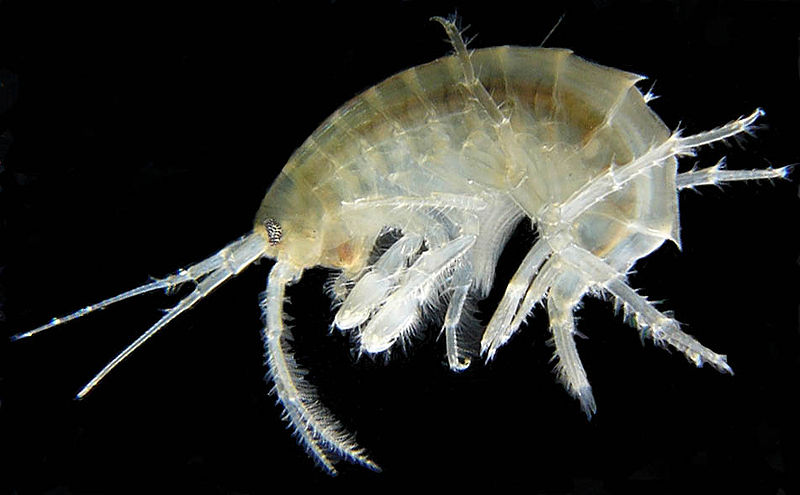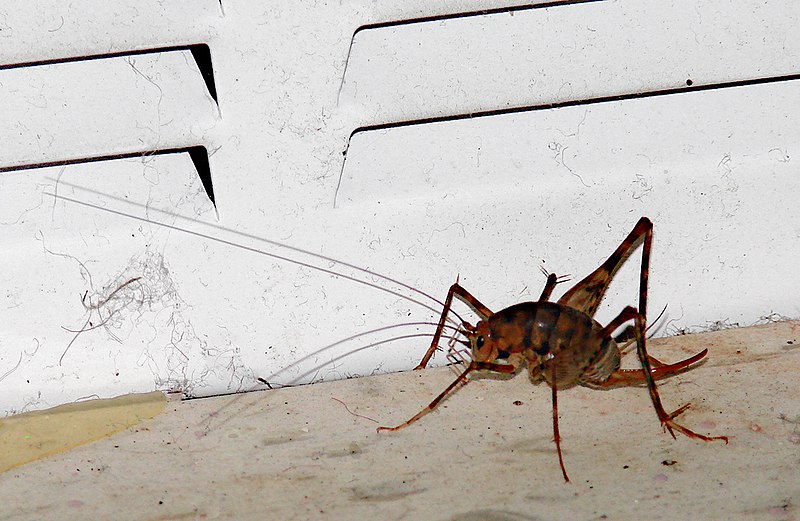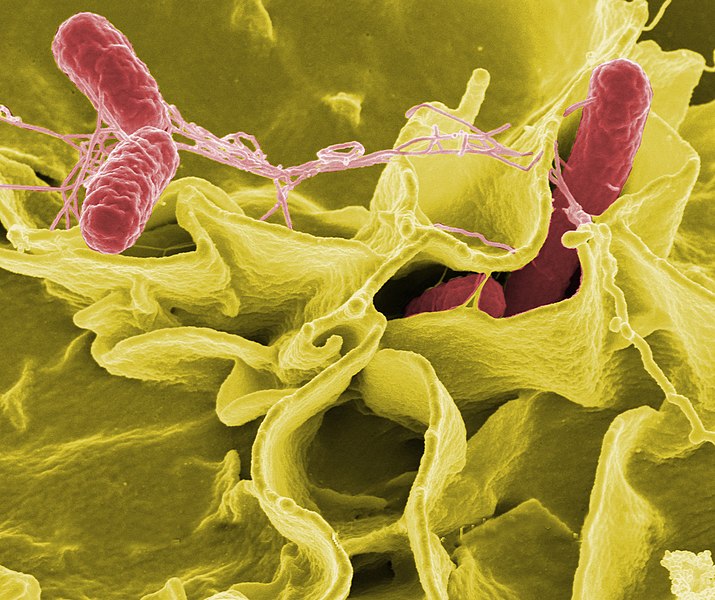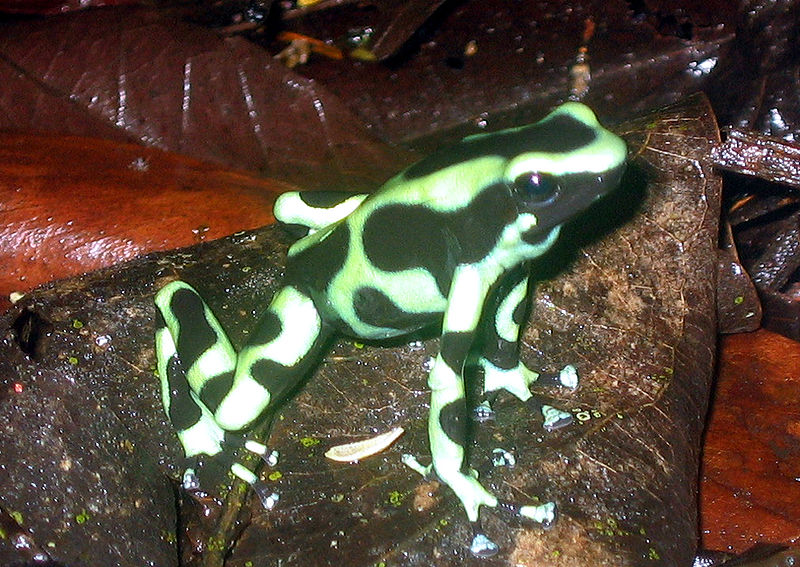 Like sowbugs (isopods, pillbugs), Amphipods are crustaceans that feature prominently in natural diets of many reptiles and amphibians. They contain nutrients not found in insects, and are likely a rich source of calcium. Several species are easy to collect and breed in captivity, but, unlike sowbugs, they rarely attract much attention from hobbyists (please see the article below for information on breeding sowbugs). Whether you know them as Rock-Hoppers, Sand-Hoppers, Lawn Shrimp or any of the names above, one Amphipod or another likely makes its home near yours, and may be worth investigating as a food source for your pets.
Like sowbugs (isopods, pillbugs), Amphipods are crustaceans that feature prominently in natural diets of many reptiles and amphibians. They contain nutrients not found in insects, and are likely a rich source of calcium. Several species are easy to collect and breed in captivity, but, unlike sowbugs, they rarely attract much attention from hobbyists (please see the article below for information on breeding sowbugs). Whether you know them as Rock-Hoppers, Sand-Hoppers, Lawn Shrimp or any of the names above, one Amphipod or another likely makes its home near yours, and may be worth investigating as a food source for your pets.
Natural History
Amphipod diversity is astounding…over 7,000 species have been identified, and experts concede that they have no idea of the actual number in existence.
Found from pole to pole, Amphipods reach their greatest abundance in colder oceans. Most live in marine environments, but a number have colonized fresh water and land; of the known terrestrial species, 45% dwell in caves or other subterranean environments. They range in size from 0.8 to 1.6 inches long, and may be omnivorous, carnivorous or herbivorous. Read More »
 That Reptile Blog – Reptile, Amphibian and Exotic Pet Care and Information
That Reptile Blog – Reptile, Amphibian and Exotic Pet Care and Information



